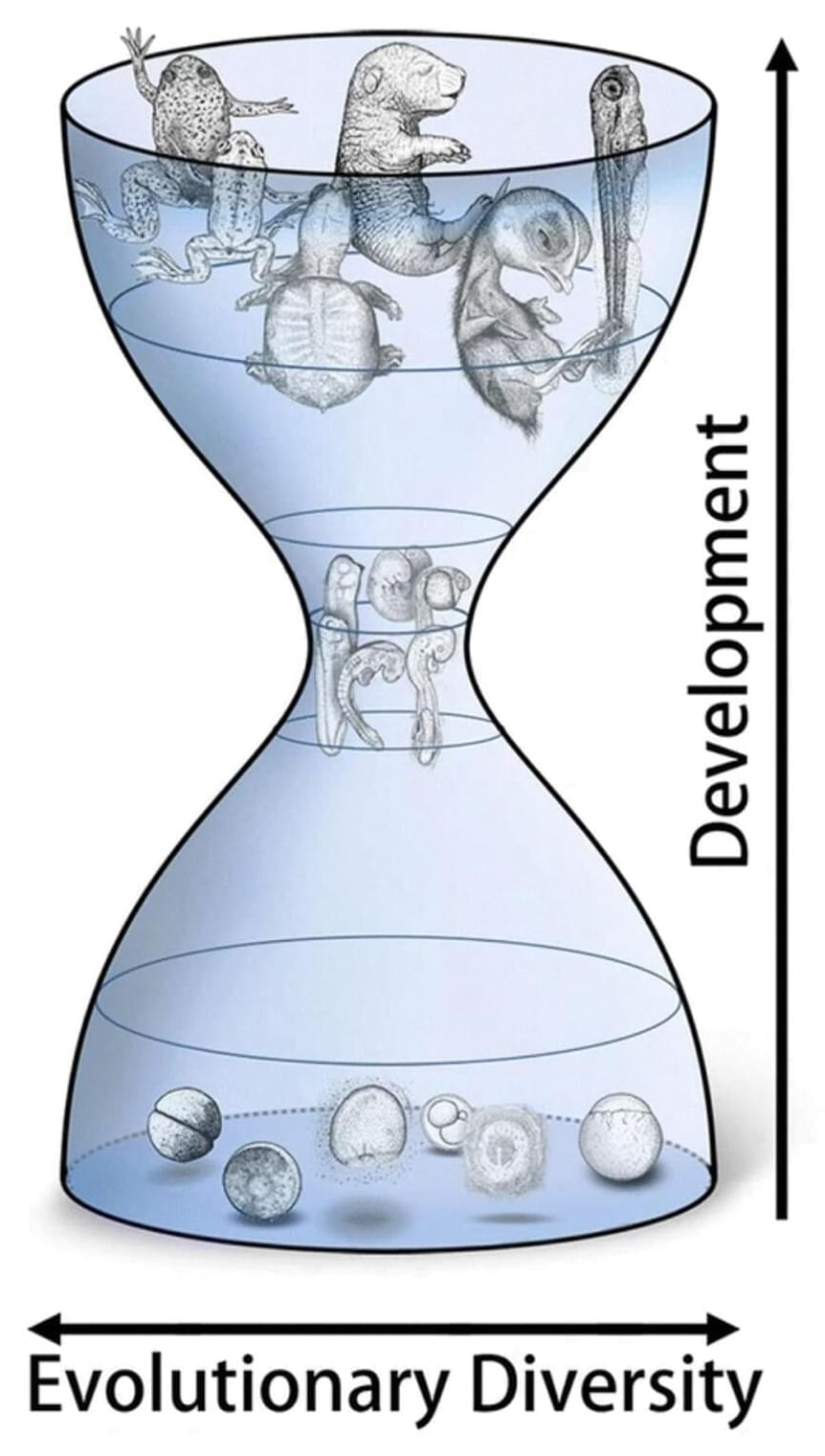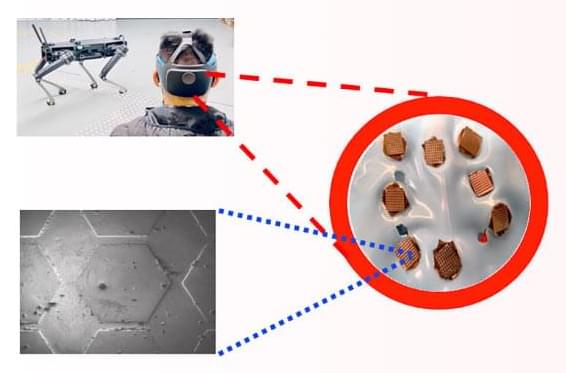A new class of dynamical instabilities generated by a stable photonic lattice Hamiltonian and stable dissipative pairing interaction is sensitive to wavefunction localization and allows selective excitation and entanglement of pure topological photonic edge states with minimal resources.
Gene therapy has been headline news in recent years, in part due to the rapid development of biotechnology that enables doctors to administer such treatments. Broadly, gene therapies are techniques used to treat or prevent disease by tweaking the content or expression of cells’ DNA, often by replacing faulty genes with functional ones.
The term “gene therapy” sometimes appears alongside misinformation about mRNA vaccines, which include the Pfizer and Moderna COVID-19 vaccines. These vaccines contain mRNA, a genetic cousin of DNA, that prompts cells to make the coronavirus “spike protein.” The vaccines don’t alter cells’ DNA, and after making the spike, cells break down most of the mRNA. Other COVID-19 shots include the viral vector vaccines made by AstraZeneca and Johnson & Johnson, which deliver DNA into cells to make them build spike proteins. The cells that make spike proteins, using instructions from either mRNA or viral vector vaccines, serve as target practice for the immune system, so they don’t stick around long. That’s very, very different from gene therapy, which aims to change cells’ function for the long-term.
Summary: Researchers have developed a new 3D, high-resolution model of the CA1 area of the human hippocampus.
Source: Human Brain Project.
A new high-resolution model of the CA1 region of the human hippocampus has been developed by the Institute of Biophysics of the Italian National Research Council (CNR-IBF) and University of Modena e Reggio Emilia (UNIMORE), part of the Human Brain Project.
After half a century, mathematicians succeed in finding an ‘einstein,’ a shape that forms a tiled pattern that never repeats.
Researchers in the Oregon State University College of Engineering have developed a handheld sensor that tests perspiration for cortisol and provides results in eight minutes, a key advance in monitoring a hormone whose levels are a marker for many illnesses including various cancers.
Findings were published in the journal ACS Applied Materials & Interfaces. The material and sensing mechanism in the new device could be easily engineered to detect other specific hormones, the researchers say—for example, progesterone, a key marker for women’s reproductive health and pregnancy outcomes.
“We took inspiration from the natural enzymes used in blood glucose meters sold at pharmacies,” said Larry Cheng, associate professor of electrical engineering and computer science. “In glucose meters, specific enzymes are applied to an electrode, where they can capture and react with glucose molecules to generate an electrical signal for detection. However, finding natural enzymes for cortisol detection is not straightforward, and natural enzymes are prone to instability and have a short lifespan.”
Photosynthesis drives all life on Earth. Complex processes are required for the sunlight-powered conversion of carbon dioxide and water to energy-rich sugar and oxygen. These processes are driven by two protein complexes, photosystems I and II. In photosystem I, sunlight is used with an efficiency of almost 100%. Here a complex network of 288 chlorophylls plays the decisive role.
A team led by LMU chemist Regina de Vivie-Riedle has now characterized these chlorophylls with the help of high-precision quantum chemical calculations—an important milestone toward a comprehensive understanding of energy transfer in this system. This discovery may help exploit its efficiency in artificial systems in the future.
The chlorophylls in photosystem I capture sunlight in an antenna complex and transfer the energy to a reaction center. There, the solar energy is used to trigger a redox process—that is to say, a chemical process whereby electrons are transferred. The quantum yield of photosystem I is almost 100%, meaning that almost every absorbed photon leads to a redox event in the reaction center.
A newly proposed propulsion system could theoretically beam a heavy spacecraft to outside the confines of our Solar System in less than 5 years – a feat that took the historic Voyager 1 probe 35 years to achieve.
The concept, known as ’pellet-beam’ propulsion, was awarded an early-stage US$175,000 NASA grant for further development earlier this year.
To be clear, the concept currently doesn’t exist much beyond calculations on paper, so we can’t get too excited just yet.
Evolutionary biologists often argue that vertebrate embryos develop in highly similar manners, reflecting their common ancestry.
Using their non-invasive sensors, Professor Francesca Iacopi from the University of Technology Sydney and her colleagues have demonstrated hands-free communication with a quadruped robot through brain activity.
Researchers have discovered a way to “translate” quantum information between different kinds of quantum technologies, with significant implications for quantum computing, communication, and networking.
The research was published in the journal Nature on Wednesday. It represents a new way to convert quantum information from the format used by quantum computers to the format needed for quantum communication.
Photons—particles of light—are essential for quantum information technologies, but different technologies use them at different frequencies. For example, some of the most common quantum computing technology is based on superconducting qubits, such as those used by tech giants Google and IBM; these qubits store quantum information in photons that move at microwave frequencies.









